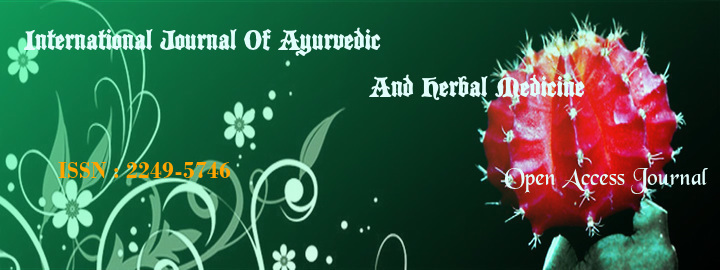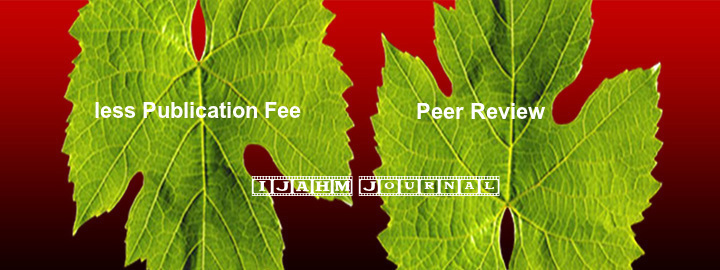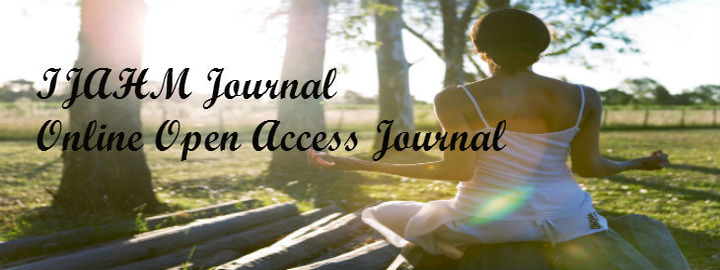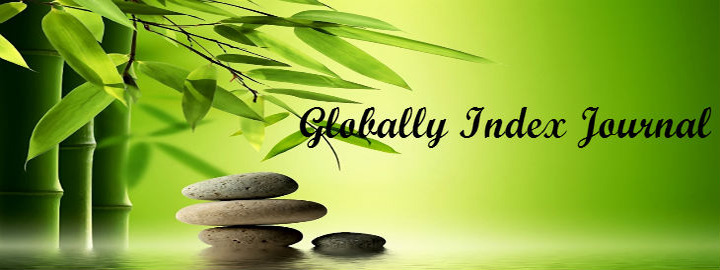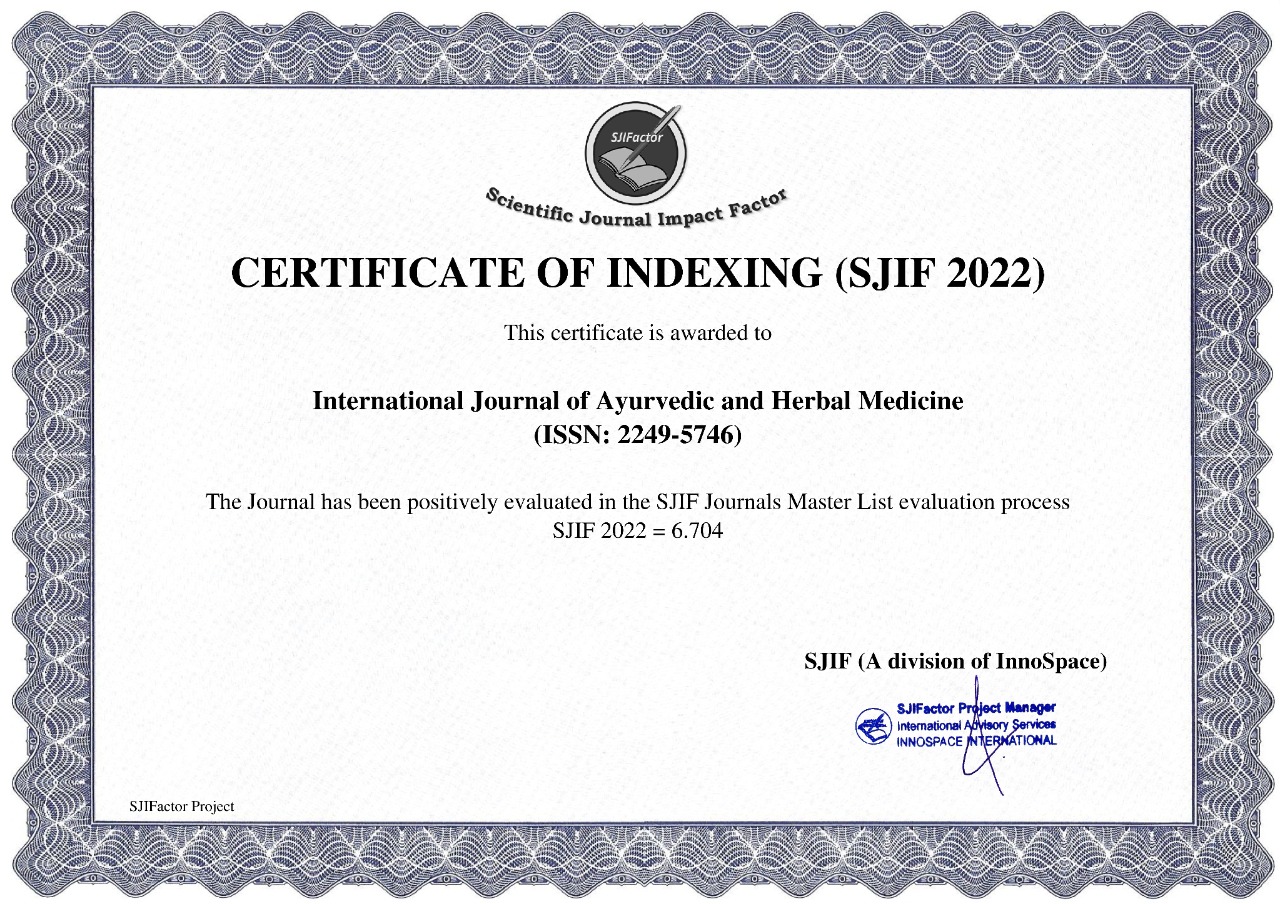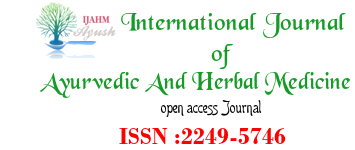


Saroj Kumar Debnath1*, Badri Prasad Shaw2 , Badal Chandra Jana3
1. Research Officer (Scientist-I) (Ayurveda),
Ayurveda Regional Research Institute, Gangtok, Sikkim,
Unit of Central Council for Research in Ayurvedic Sciences,
Ministry of AYUSH, Government of India.
2. Ex Professor and Head of the Department of Kayachikitsa,
Institute of Post Graduate Ayurvedic Education and Research, Kolkata.
294/3/1, A.P.C. Road, Kolkata-700009
3. Professor, Department of Rognidan,
Institute of Post Graduate Ayurvedic Education and Research, Kolkata.
294/3/1, A.P.C. Road, Kolkata-700009
*Corresponding Author: Saroj Kumar Debnath,
Research Officer (Scientist-I) (Ayurveda),
Ayurveda Regional Research Institute, Gangtok,
31-A National high way, Tadong, Gangtok-737102, Sikkim, India.
E-mail: This email address is being protected from spambots. You need JavaScript enabled to view it.
Abstract
In the present clinical study 32 Amavata (Rheumatoid arthritis) patients were registered from the O.P.D. & I.P.D., Department of Kayachikitsa, Institute of Post Graduate Ayurvedic Education and Research, Kolkata. 30 patients completed the treatment out of 32 and 2 patients dropped out. The aim of the study was to evaluate the role of Ayurvedic management on Amavata (Rheumatoid arthritis). The treatment schedule was Sneha pana (Orally intake of Ayurvedic medicated oil), Niragnik swedana (Sweating by without heat), Virechan karma (Induced purgation by Ayurvedic procedure) and Vardhaman Pippali Rasayan sevan (Rejuvenation with orally intake of Piper longum mature dried fruit powder in gradual increased and decreased dose). In this clinical study 70% patients got major improvement, 30% patients got minor improvement, no improvement was nil and no one patient had got complete remission. Any complication was not found in this clinical study.
REFERANCES
1 Harrison TR, Anthony S. Fauci et al. Harrison’s Principles of Internal Medicine, Ed 14, Vol. 2, McGraw Hill, New York, 1998, 1885.
2 Madhavakara, Rakshita V, Dutta S, Shastri S, Upadhyaya Y. Madhava Nidana (Madhukokosha Vyakya with Vidyotini Hindi Commentary), Ed 26, Part. I, Chaukhambha Sanskrit Sanathana, Varanasi, 1996, 460-464.
3 Chakrapanidutta, Sengupta D, Sengupta U, Sensharma K, Bhattacharya S. Chakradutta, Amavata Chikitsa, Ed 1, Deepayan, Kolkata, 1999, 138-141.
4 Agnivesha, Charaka, Dridhbala, Nag B. Charaka Samhita, Chikitsa sthan, Pratham adyaya, Ed 1, Nabapatra, Kolkata, 1988, 27-28.
5 Harrison TR, Anthony S. Fauci et al. Harrison’s Principles of Internal Medicine, Ed 14, Vol. 2, McGraw Hill, New York, 1998, 1885.
6 Govindadas, Sengupta V, Sensharma K, Bhattacharya S. Bhaishaijya Ratnavali, Amavatadhikar, Tritiya khanda, Ed 1, Deepayan, Kolkata, 2000, 44-54.
7 Das D, Das A. Statistics in Biology and Physiology, Ed 4, Academic Publishers, Kolkata, 2005, 1-137.
index







